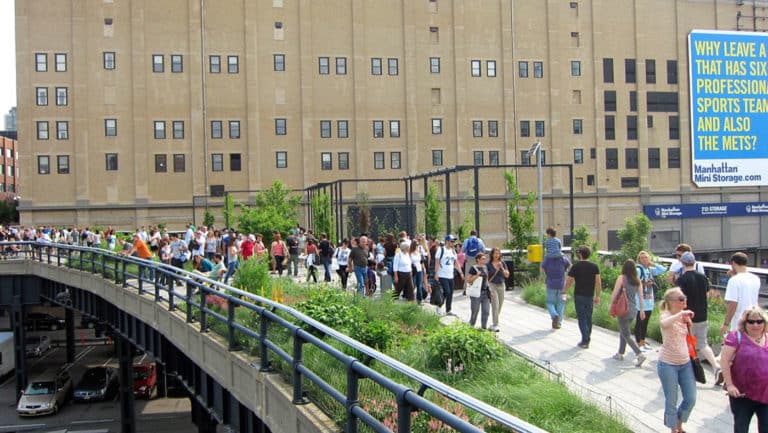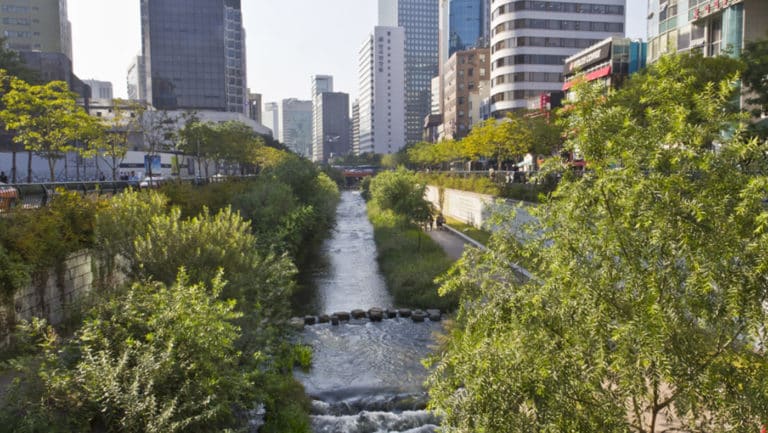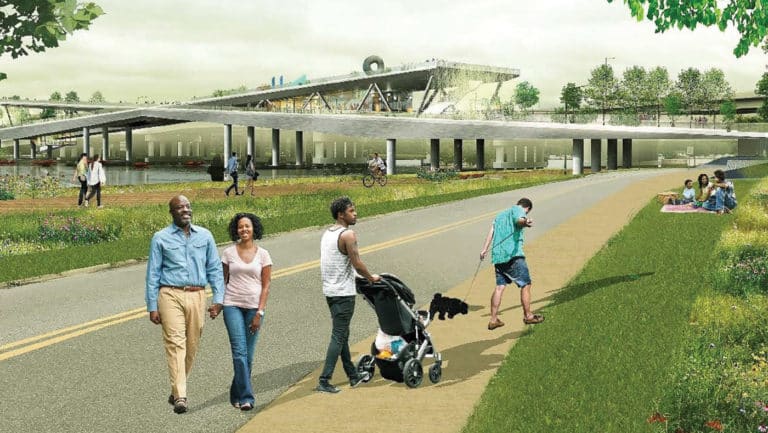Lesson
Part of: Social Equity Considerations for Cities’ Decision Making Related to Inner, Nearby, and Faraway Forests
BOOKMARK
Installation and maintenance of green infrastructure may involve high costs, which communities may not be able or willing to pay. Additionally, while upgrading and expanding inner forests can benefit some residents by increasing real estate prices, “green gentrification” may unintentionally outprice low-income residents and businesses. (Hart, Du, Coccoli, 2020)
Depending on the context, cities can address these issues through interventions such as:
- Engaging low-income residents in the design of the projects to cater to their needs and preferences.
- Identifying and responding to the needs of underserved communities, for instance, by creating employment opportunities and affordable housing for low-income residents. This may lead to additional socioeconomic benefits, such as in the case of eThekwini Municipality’s restoration project at Buffelsdraai in South Africa, where local impoverished communities benefitted from improved schooling, transport, and food supply in the first two years of the project.
- Calculating costs and benefits to all groups involved, especially low-income populations.
- Conducting negotiations for compensating the cost-bearers or subsidizing their economic burden.
C40’s Roadmap for Inclusive Planning sheds light on other key affordability and equity challenges to urban green infrastructure.


